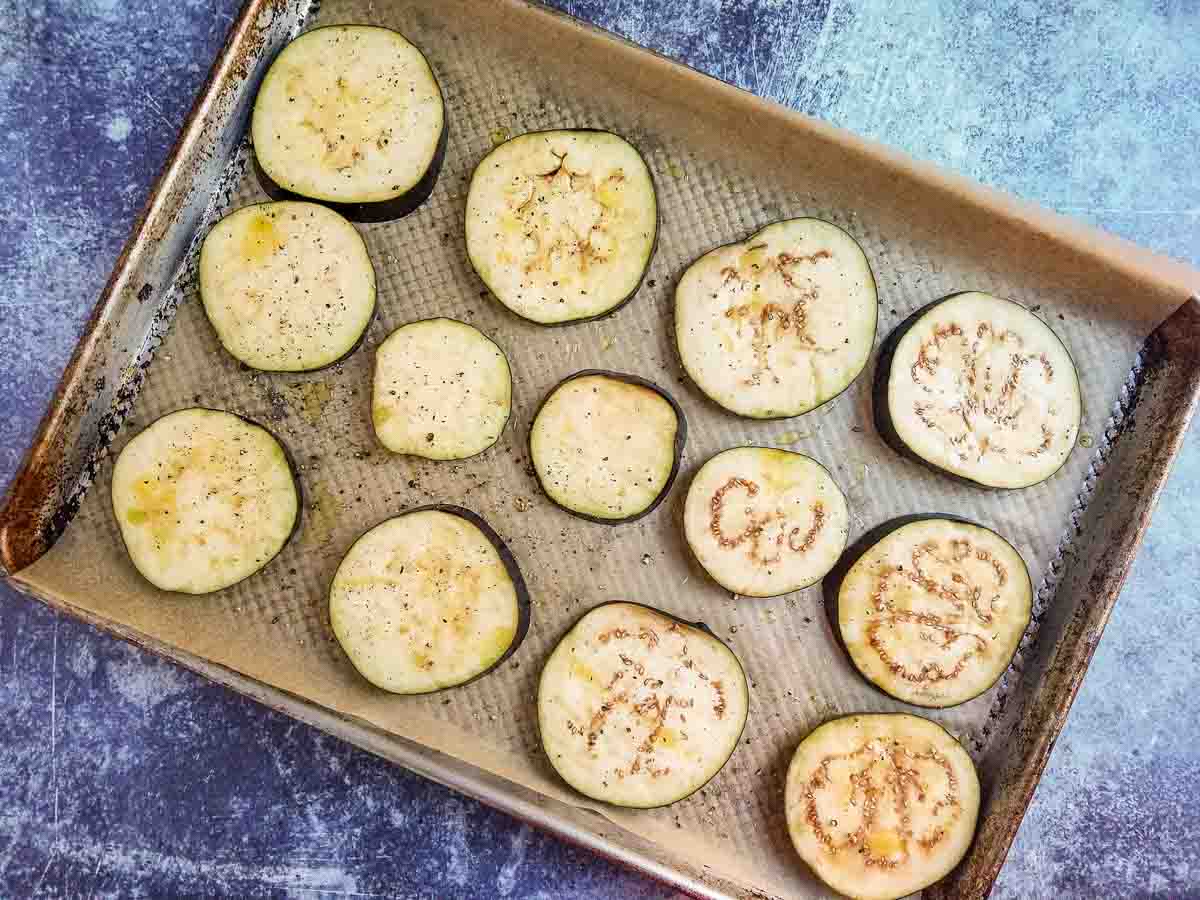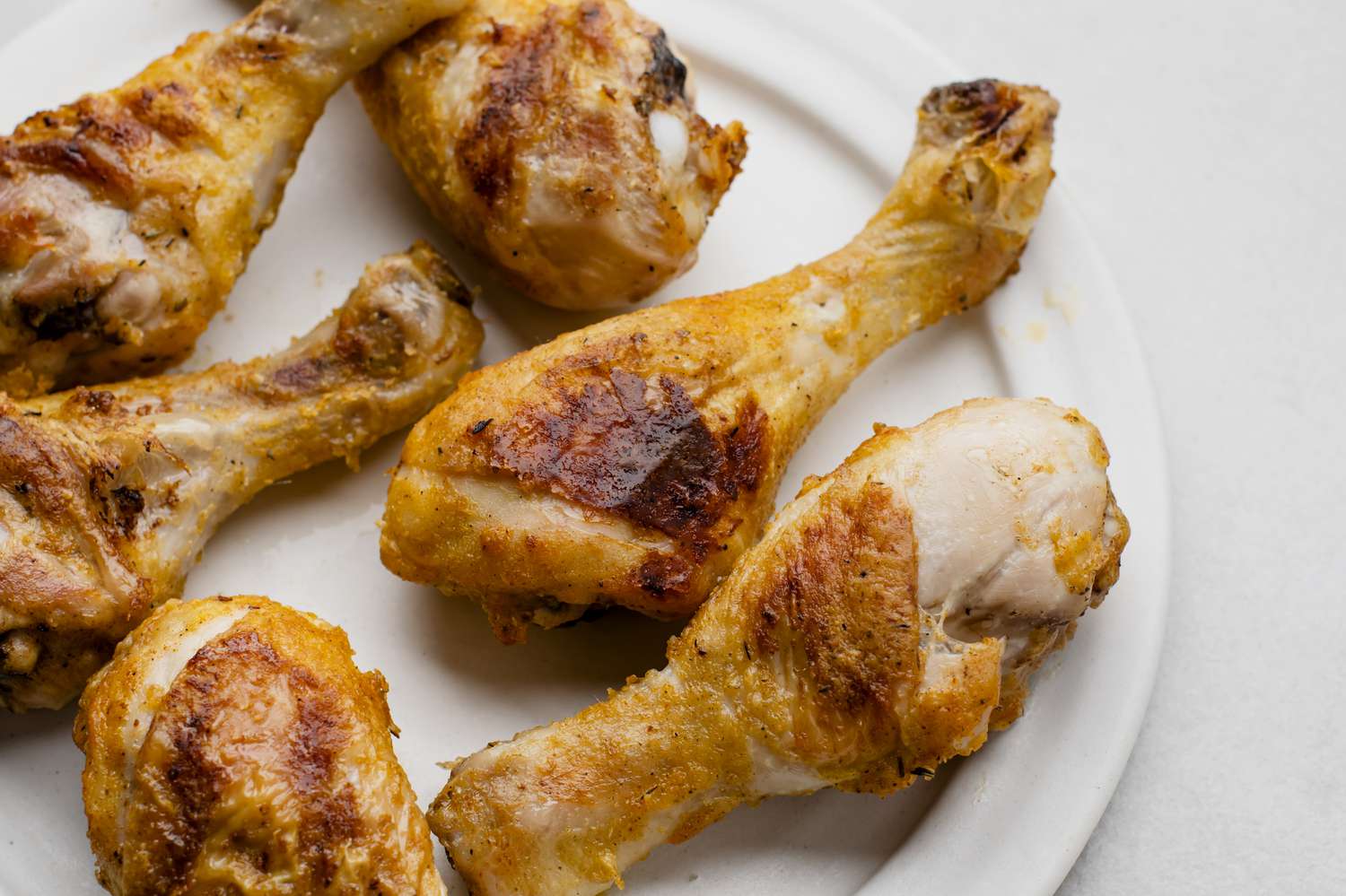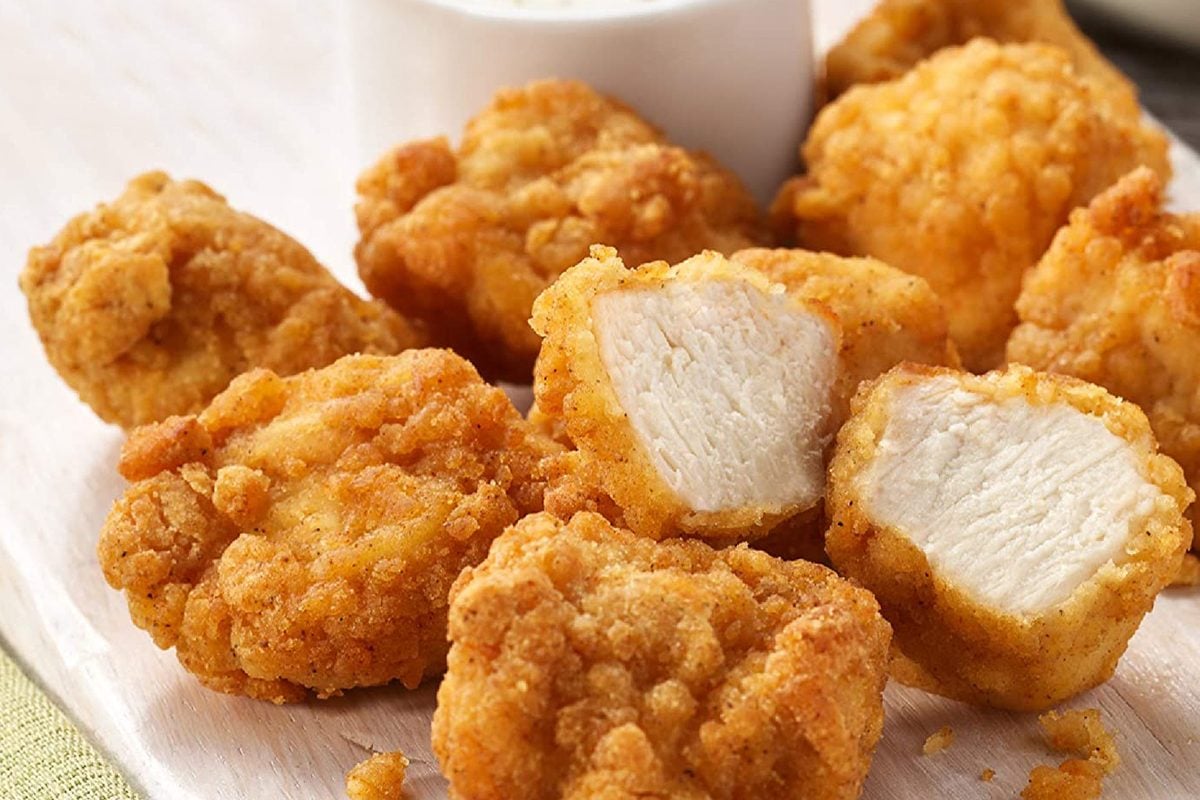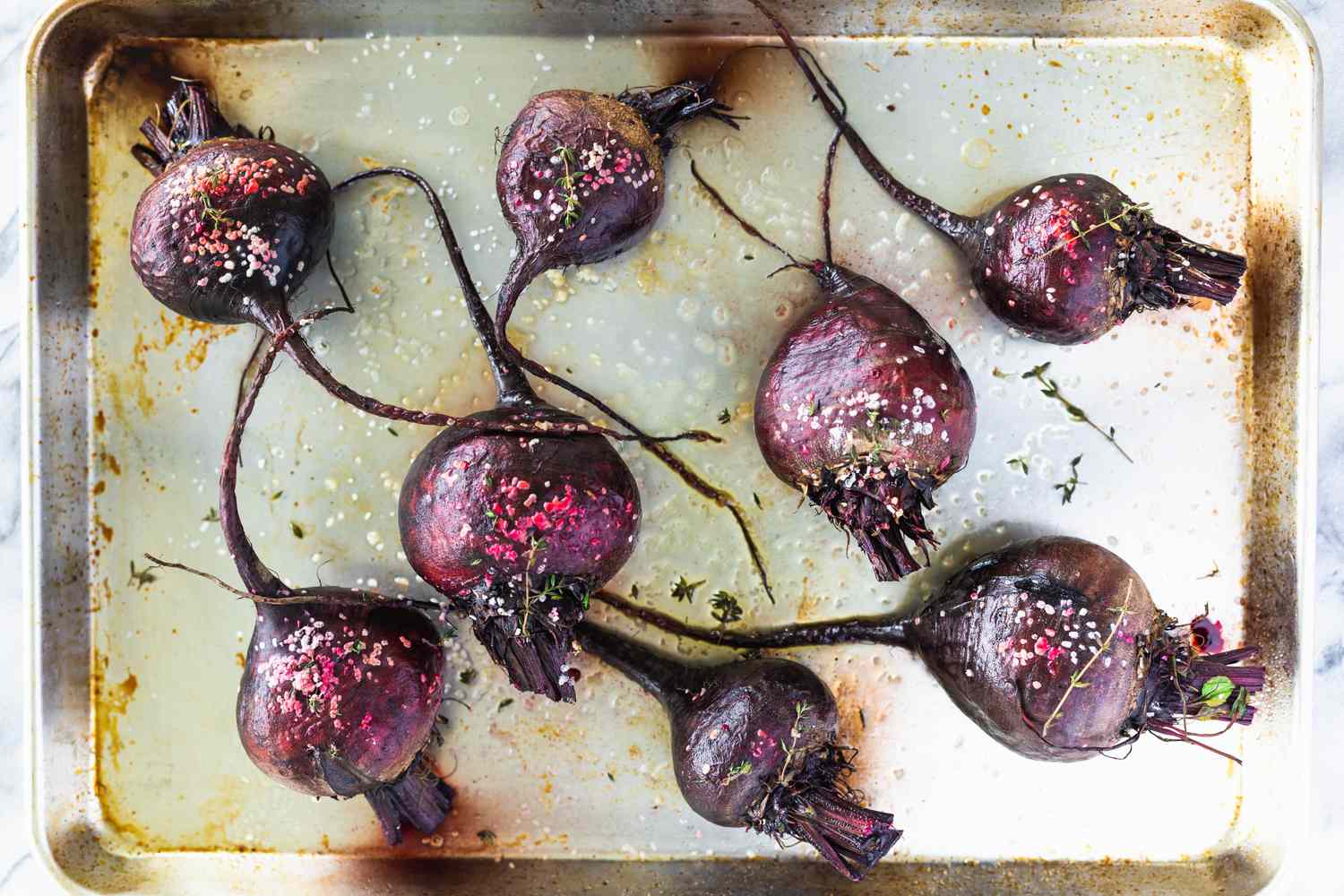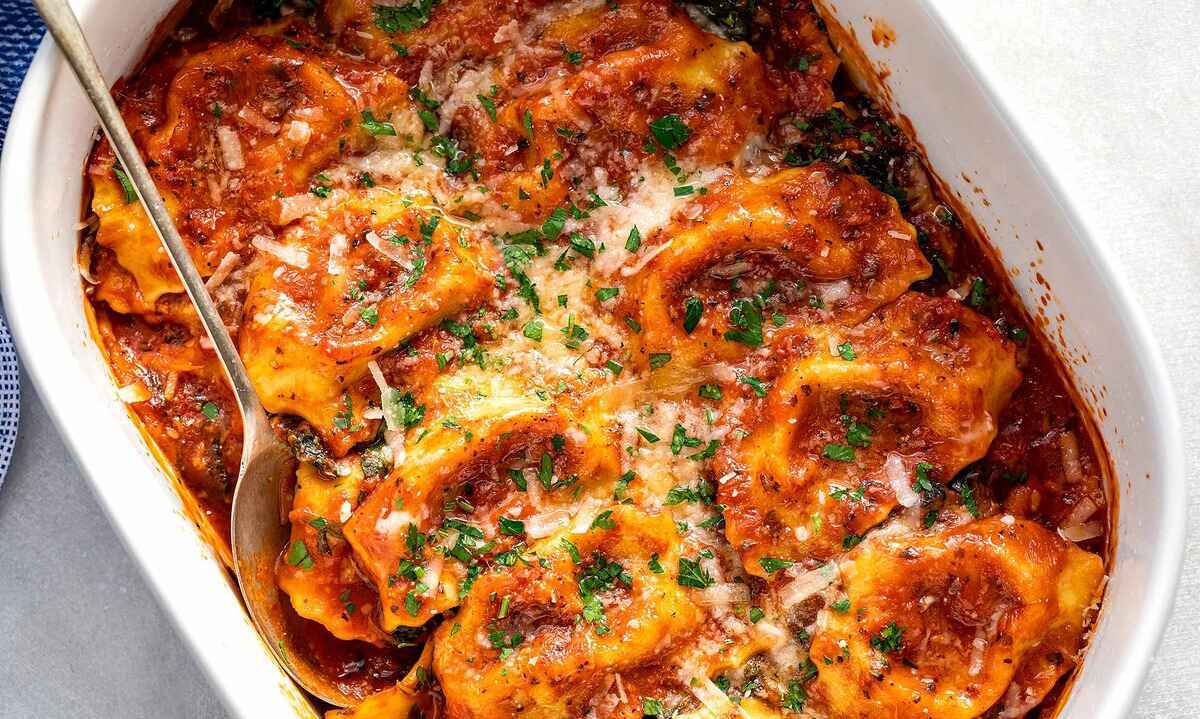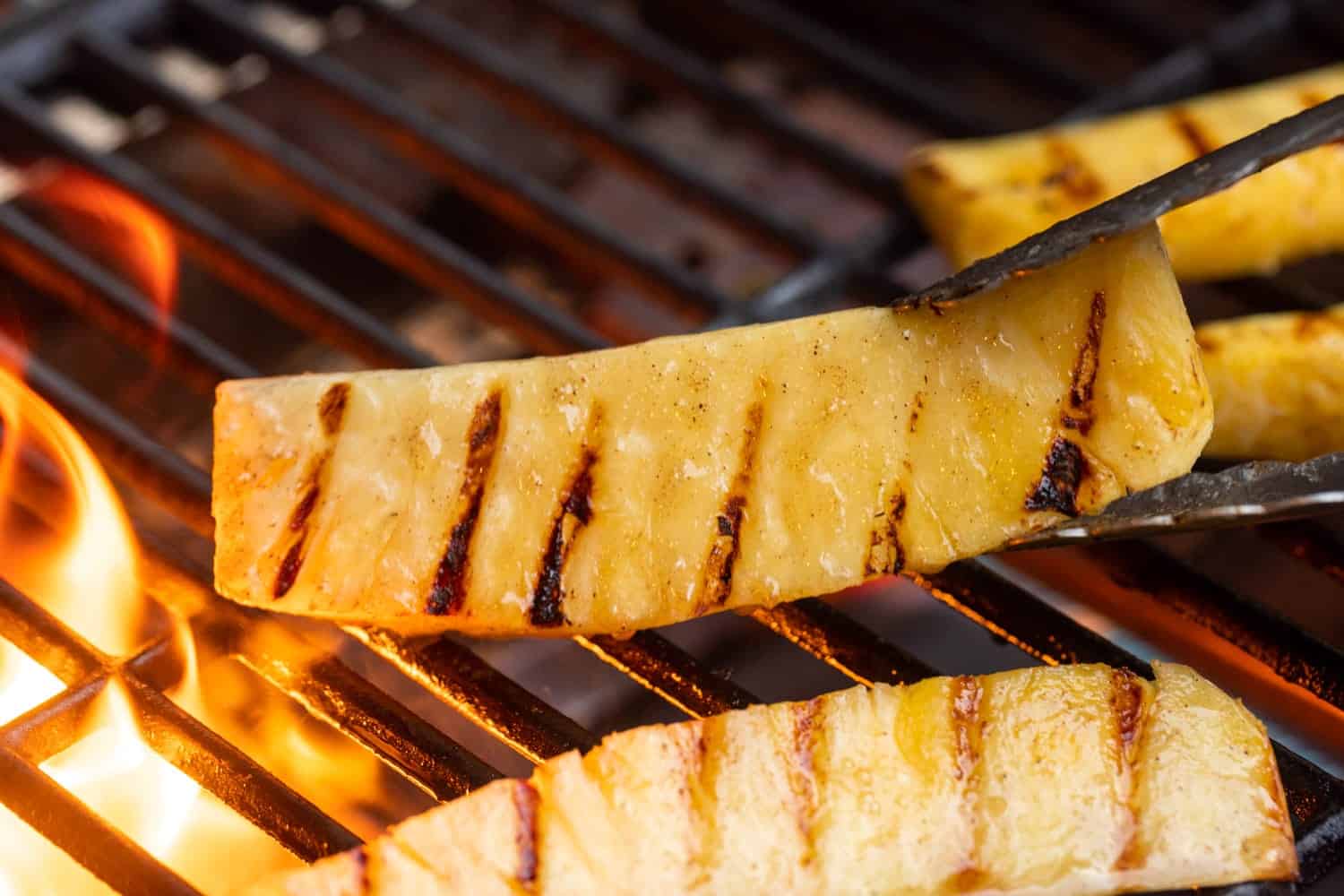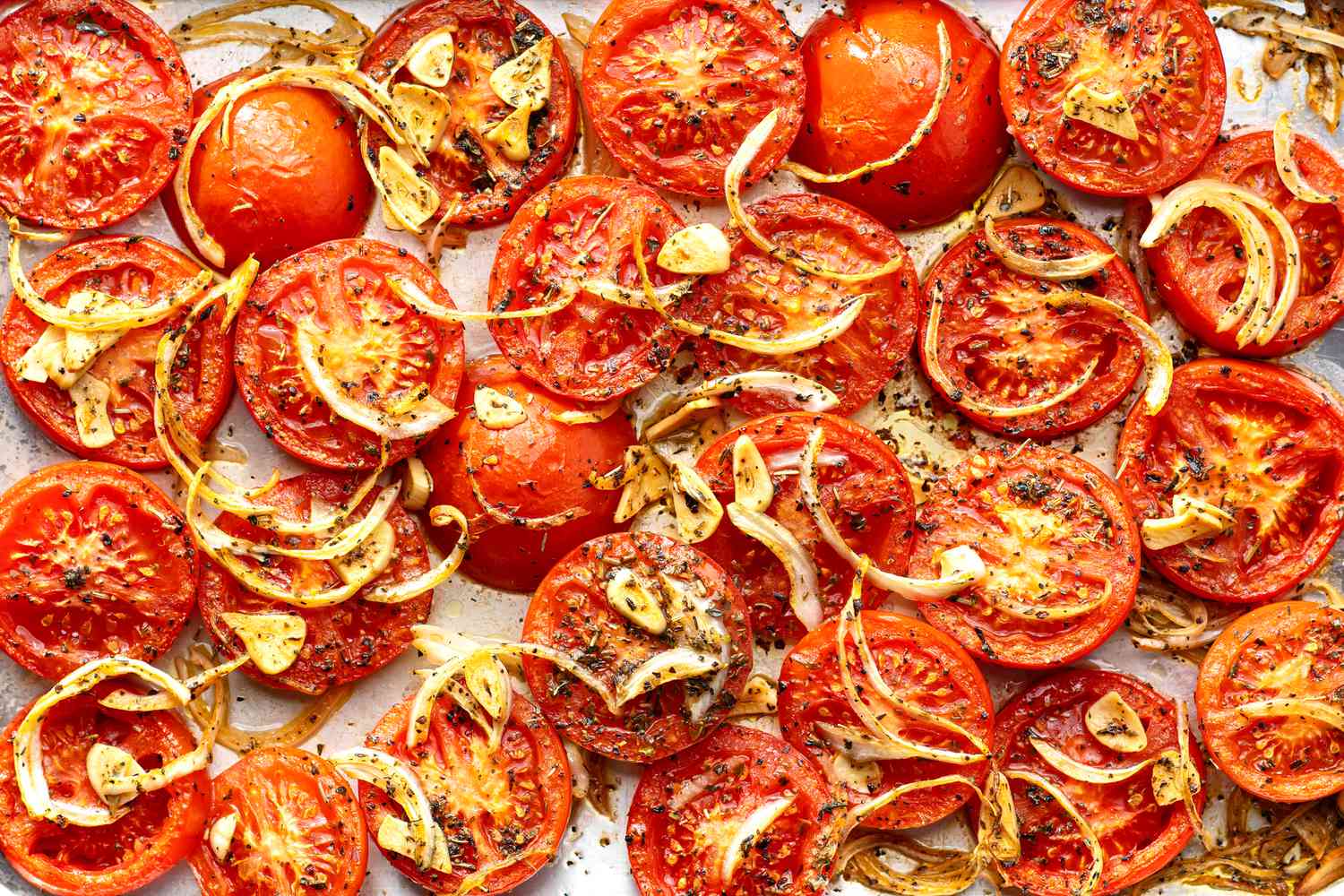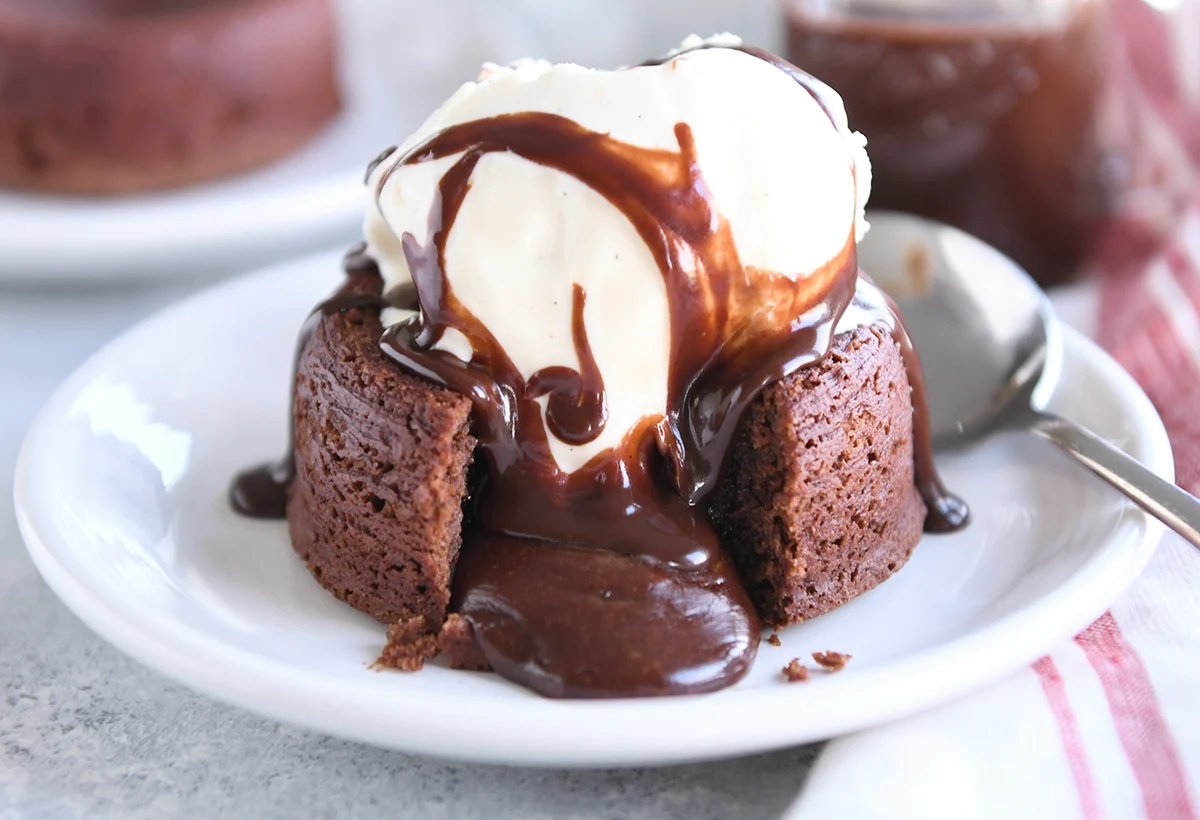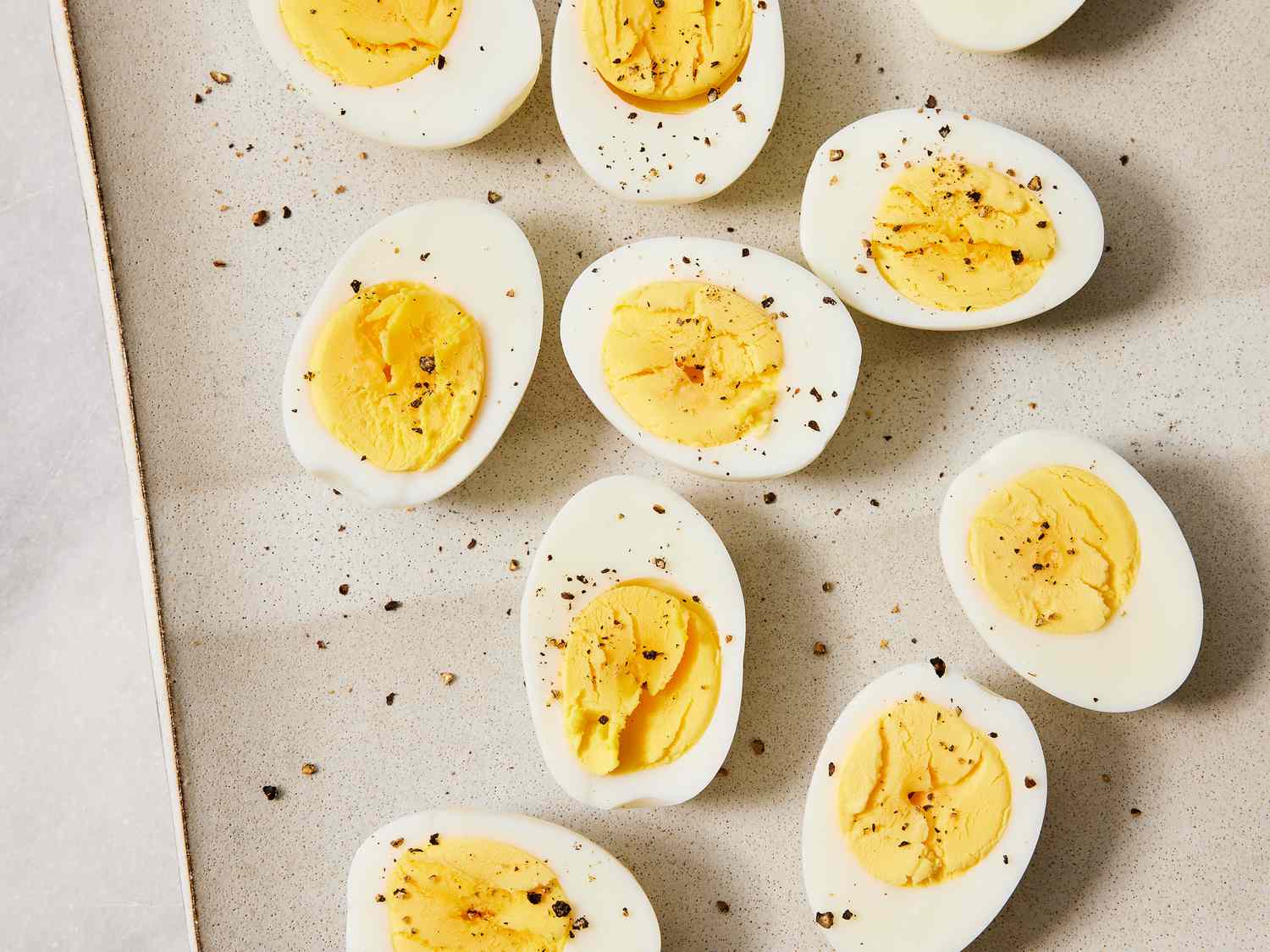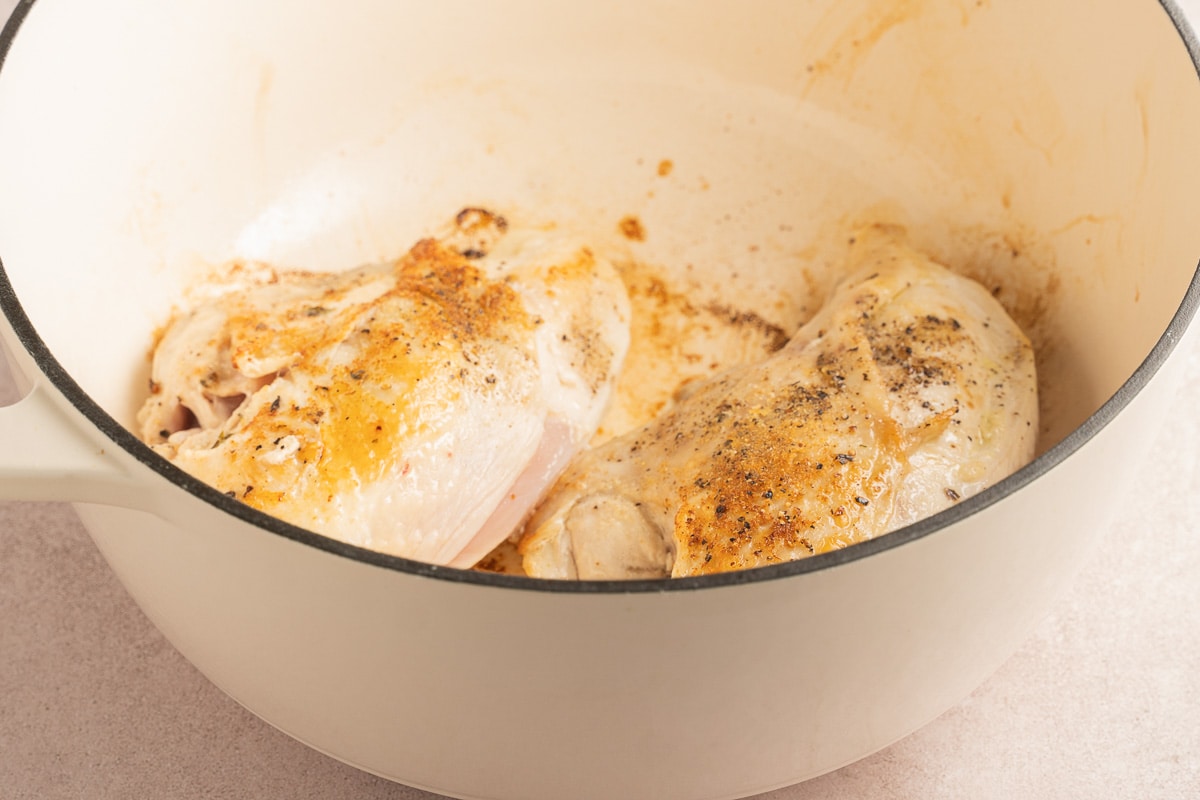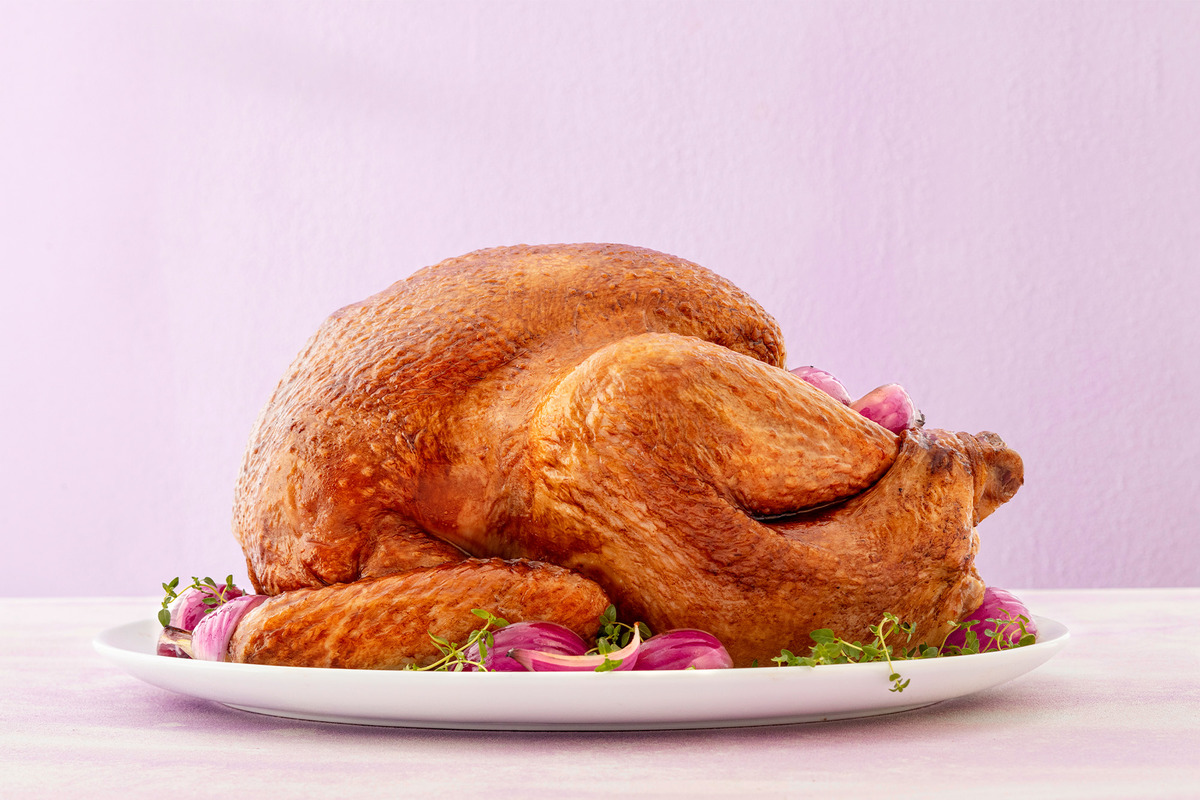How to Brew a Single-Malt, Single-Hop IPA at Home (And Why You Should Try It)
Are you a craft beer lover and always looking for new brewing adventures? Look no further! In this guide, we’ll show you how to brew a delicious single-malt, single-hop IPA right in the comfort of your own home. But before we dive into the process, let’s first explore why this particular style of beer is worth trying!
Why Brew a Single-Malt, Single-Hop IPA?
If you’re not familiar with the term, IPA stands for India Pale Ale. This beer style is known for its strong hop flavor and higher alcohol content. But what sets a single-malt, single-hop IPA apart from others in the IPA category?
- Distinctive Flavor Profile: By using a single type of malt and a single type of hop, you can create a beer that showcases the unique characteristics of those ingredients. This allows you to really highlight the flavors and aromas of your chosen malt and hop varieties.
- Simple and Approachable: Brewing a single-malt, single-hop IPA is a great option for homebrewers who are just starting out or want to experiment with different ingredients. With limited ingredients, it’s easier to understand how each element contributes to the final product.
- Allows for Creativity: Despite its simplicity, brewing a single-malt, single-hop IPA still leaves room for creativity. You can play around with different malt and hop combinations, adjusting the recipe to suit your preferences and taste.
Getting Started: Ingredients and Equipment
Now that you’re eager to give this brewing style a try, let’s gather the necessary ingredients and equipment:
Ingredients:
- Single Malt: Choose a malt that suits your taste preferences. Popular options include pale malt, Vienna malt, or even specialty malts like crystal or chocolate.
- Single Hop: Select a hop variety that complements your chosen malt. Some popular choices for IPAs include Citra, Simcoe, Amarillo, or Cascade.
- Yeast: Opt for a yeast strain that pairs well with the flavors of your selected malt and hop. Options such as American Ale yeast or English Ale yeast work well for IPAs.
- Water: Use high-quality water suitable for brewing. If needed, consider adjusting the water chemistry to enhance the flavors of your beer.
Equipment:
- Mash Tun: This vessel is used for the mashing process, where the malt and hot water combine to extract sugars.
- Boil Kettle: Used for boiling the wort and adding hops.
- Fermentation Vessel: A vessel where the fermented beer is stored for the yeast to work its magic.
- Airlock: To allow the release of carbon dioxide during fermentation without letting oxygen in.
- Hydrometer: Used to measure the specific gravity of the beer, indicating alcohol content and fermentation progress.
The Brewing Process
Now, let’s walk through the brewing process for a single-malt, single-hop IPA:
- Mashing: Combine your chosen malt with hot water in the mash tun. Let it rest for around an hour to allow enzymes to convert starches into fermentable sugars.
- Lautering: Separate the liquid (now called wort) from the grains by draining it from the mash tun.
- Boiling: Transfer the wort to the boil kettle and bring it to a boil. Add your selected hop variety at different intervals to achieve desired bitterness and hop flavors.
- Cooling: After boiling, rapidly cool the wort to a temperature suitable for yeast fermentation.
- Fermentation: Transfer the cooled wort to the fermentation vessel and add the yeast. Allow the yeast to consume the sugars and produce alcohol and carbon dioxide. This process typically takes a week or two.
- Bottling or Kegging: Once fermentation is complete, carbonate the beer by bottling it with priming sugar or force carbonating if kegging. Let it carbonate for another week or two.
Experiment and Enjoy!
Now that you know how to brew a single-malt, single-hop IPA, it’s time to put your newfound knowledge into action. Remember, this brewing style is all about experimentation and creativity. Try different malt and hop combinations, adjust the recipe, and see which flavors suit your taste buds the best!
So, grab your ingredients, gather your equipment, and get ready to embark on the exciting journey of brewing a single-malt, single-hop IPA at home. Cheers to the joy of craft beer and happy brewing!
Was this page helpful?
Read Next: How To Cut Onions To Saute
